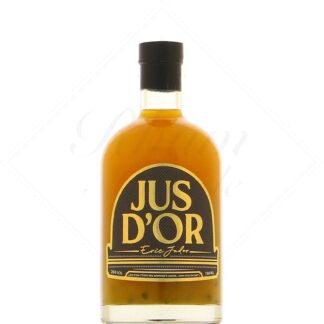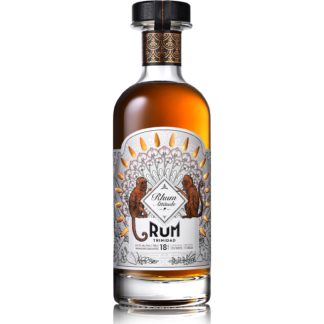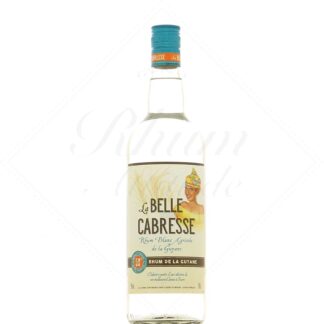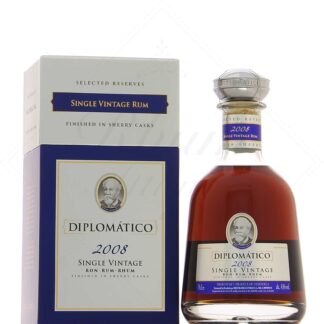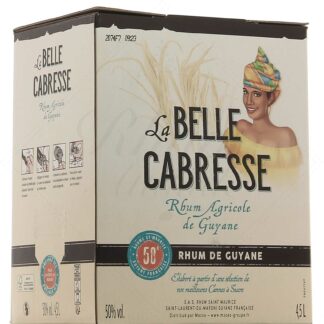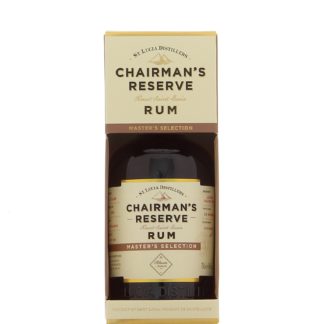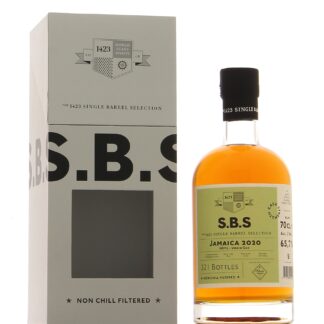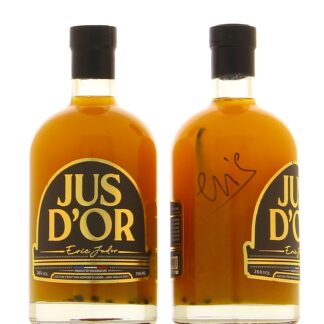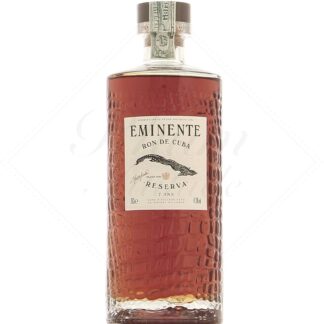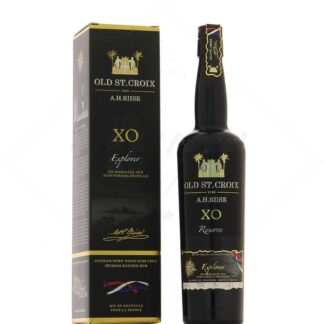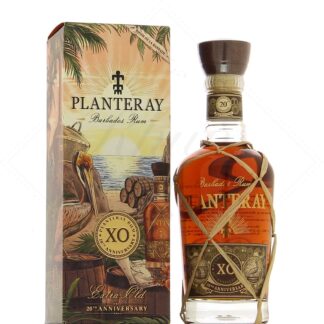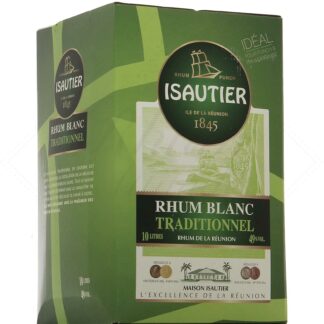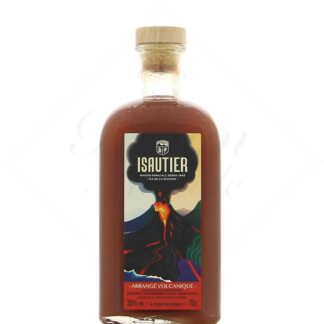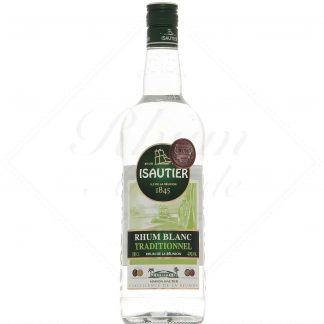Rum
Rum is without doubt the spirit that offers the greatest variety of aromatic expressions and flavors. Rum can be found on every continent, and each region has developed its own expertise over time, as a result of different encounters and influences.
Rum can take on different names depending on where it's distilled. It's called Clairin in Haiti, Grogue in Cape Verde. It's called Cachaça in Brazil, or aguardiente de caña in some Latin American countries. In all cases, it's a sugarcane brandy, whose raw material can take several forms.
We can ferment and distill pure cane juice, cane juice syrup (evaporated cane juice), molasses (non-crystallizable residue from sugar production). Or, more rarely, whole sugars (panela, muscovado etc.).
Rum-making
The rum-making process is simple enough in principle. But an infinite number of details can influence its style. That's what makes it so remarkably diverse.
To begin with, you need to produce a sweet liquid that you can ferment. Pure cane juice is ready to use, so to speak. Molasses, on the other hand, is very thick and viscous. It therefore needs to be diluted with large quantities of water.
From this "must", a "wine" is then produced for distillation. To do this, the sugars are transformed into alcohol during fermentation. Yeasts do the work, absorbing the sugar and then releasing alcohol and CO2. In so doing, they also create new aromas, which will be found later, after distillation. This is why the fermentation phase is so important. As well as producing alcohol, it sets the aromatic profile of the future rum.
When fermentation is complete and the cane wine is ready, it generally contains between 5 and 10% alcohol. The next phase is distillation. This is a process of separation and concentration. The aim is to separate as much water as possible from the preparation. The aim is to obtain a liquid more concentrated in alcohol and aromatic elements. From an 8% cane wine, we move on to a white rum containing 50, 70 or even 90% alcohol, depending on the methods used.
White rum, amber rum, aged rum
When it comes out of the still, the rum is always translucent. It also contains no sugar. Before bottling, it is left to rest in vats in order to balance and harmonize. It is also during this period that reduction takes place. This involves diluting the rum to lower its alcohol content. This dilution must be carried out as slowly as possible to avoid shocking the product. Some rums can be offered brut de distillation, i.e. without reduction, at a very high alcohol content.
Most of the time, another part of the freshly distilled rum is left to age. It's only at the end of this stage that it takes on its color, in contact with the wood. It is placed in barrels of different sizes, depending on the type of rum required. Young rums are aged in large vats called foudres, usually for less than 2 years. Old rums mature for at least 3 years in smaller casks. These offer greater interaction with the wood (usually oak).
As with white rums, the alcohol content is reduced before bottling. But you can also find rums brut de fût, which have undergone no retouching whatsoever, whether in terms of alcohol volume, color or aroma.
An infinite number of styles
From cane cultivation to bottling, each stage of the production process can be subject to variations that have a major impact on the rum. The variety of cane and the location of the plot have an impact, as does the method of cultivation (more and more cane is grown organically, for example).
Fermentation, a crucial stage, can also produce highly variable results. The type of yeast used (wild, industrial...) and the duration of fermentation (24 hours or several weeks) have a huge influence on the character of the spirit.
Distillation can be carried out in batches (in traditional stills) or continuously (column distillation). In small-scale production, where only one pass is made through the still, rum runs at around 50% alcohol. In modern installations with several distillation columns, alcohols of up to 95% are produced. The type of alembic, its material, shape and settings, all contribute to the production of very different rums.
Aging is another way to take your rum in a different direction. 90% of the world's production is aged in American oak barrels containing bourbon. But new barrels, barrels containing other alcohols, or barrels made from other types of wood can also be used.
The great families of rums
Rum is a spirit with a rich history. It has even played an important role in world history and geography, the great turning point of course being Christopher Columbus's introduction of sugar cane to the "New World" on his second voyage. Its traditions are therefore often inherited from a colonial past, which still influences its different styles today.
French tradition
Traditional French rum is a style born in the West Indies. It can be summed up as rhum agricole, distilled from pure cane juice. In the 19th century, molasses was distilled all over the world, including in Martinique and Guadeloupe. But the discovery of beet sugar turned the French market upside down, leaving cane growers at a loss. Instead of producing sugar, molasses and then rum, they decided to distill their cane juice directly. An example of this evolution can be found in the various vintages of Saint James rum. This style then spread to all the former French colonies, from Tahiti to Mauritius.
The English tradition
Traditional English rum is most closely associated with the former British Caribbean possessions. Jamaica, Barbados and Trinidad, as well as Guyana on the mainland, all share a full-bodied, aromatic style. Typically made from molasses, it is influenced by pot-still distillation (the stills used in Scotland for whisky). These rums were blended for the Navy, whose sailors received a daily ration.
Spanish tradition
Traditional Spanish rum is a molasses rum, mostly inherited from the Cuban style. The former Spanish colonies had lagged behind others when it came to rum, as the occupants were busier searching for gold and other resources. But by the mid-19th century, Cuba had developed a style that mesmerized American consumers, and which everyone subsequently sought to imitate. It's a light, uncluttered style, intended more for cocktails. To create rums more suited to pure tasting, many brands resorted to flavour enhancers such as sugar, which today defines the very smooth "ron" style.
Categories of rums by raw material
There are two main categories of rum, depending on whether they are made from pure cane juice or molasses. The former accounts for a small share of world production, but rum producers seem to be taking a growing interest in it. It is called rhum agricole in the French West Indies, French Guiana, Réunion and Madeira, and simply "rhum de pur jus de canne" in the rest of the world.
Molasses rum, on the other hand, can also be called industrial rum or sugar mill rum. The production of industrial rum is not necessarily "industrial" in the sense of "large-scale". The name comes from the origin of molasses, which is a by-product of industrial sugar production. In the case of rhum de sucrerie, we're talking about rum produced in a sugar factory that also has a distillery.
Rums made from other forms of processed sugar cane (brown sugar, dehydrated cane juice, syrup, etc.) are relatively anecdotal on the international scene.
Traditional Rum
There is a recurrent confusion between traditional rum and molasses rum. The term "rhum traditionnel" designates a certain aromatic concentration, so it can just as easily be pure juice or molasses. In terms of aromatic concentration, we also find light rums, and on the other side of the spectrum, high ester rums.
Rum is a global product
There are many exceptions to this classification, but it's still a good way to get your bearings. Some cane spirits have their own category. Cachaça, for example, is a rum made from pure cane juice and produced only in Brazil. Clairin, on the other hand, is an extremely authentic product from Haiti. Distilled from pure juice or syrup, it is fermented naturally and distilled in small, traditional stills.
Last but not least, there's another queen category, one that delights the most gourmand of palates and has won over the French on a massive scale, whether they're spirit lovers or not: rhum arrangé. Believed to have originated in the Indian Ocean, it was carried around the world by merchants and sailors whose holds were often lined with bottles of rum. It's a rum in which fruit, spices, herbs, sugar etc. have been macerated, and is today the playground of many talented creators whose imagination knows no bounds.
-
-
-
-
-
-
-
Chairman's Reserve Brut de cask 2010 13 years selection Rum Attitude 61°
- Saint Lucia
- 61 ° - 70 cl
8 notice -
-
-
-
-
-
-
-
